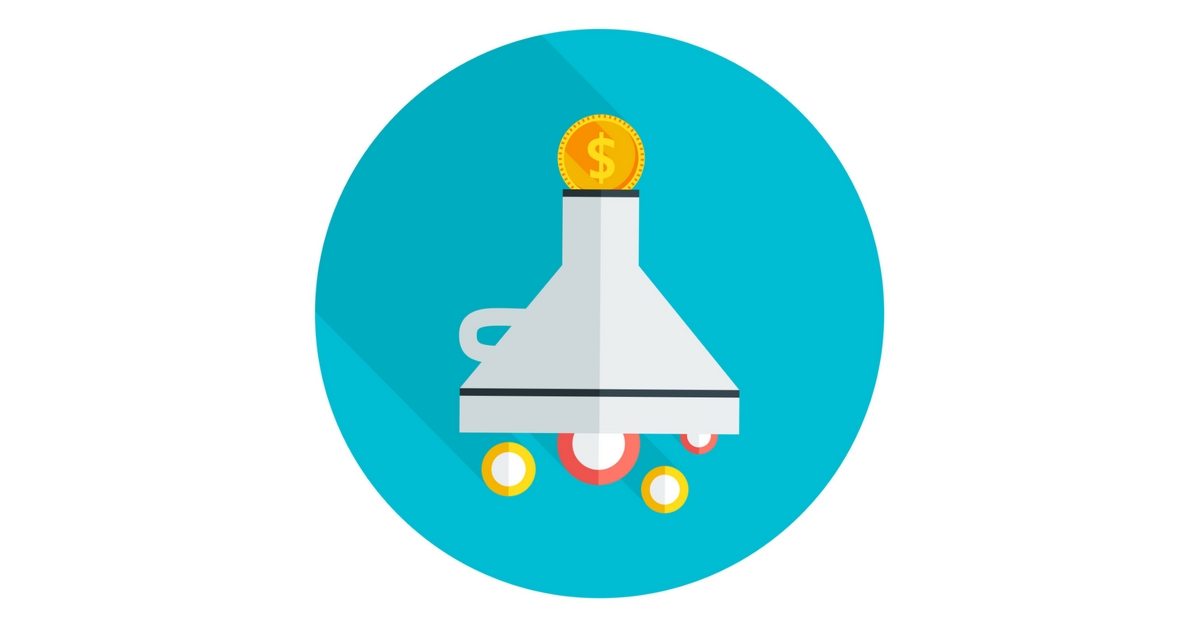
When you file for bankruptcy, your trustee is required to “realize” on your assets and distribute the proceeds to your creditors.
In simple terms, you (the person who goes bankrupt) and the creditors (the companies you owe money to) both “win” and “lose” in a bankruptcy.
- You win because your debts are eliminated, but you lose some of your assets.
- The creditors lose because in most bankruptcies they only recover a very small amount of the money they are owed. To be fair, they do receive any non-exempt assets you may have.
For example, when you declare bankruptcy Canada Revenue Agency is automatically notified, and your tax refund for the year of the bankruptcy (and any prior years that you have not yet received) are forwarded to the trustee. In technical terms, the realization on your tax refund is the refund that is paid to the trustee.
Other assets in this realization process would include your surplus income, equity in a house or car, or any non-exempt investments.
NOTE: In most bankruptcy filings in Ontario, other than a tax refund, there are no assets subject to realization by the trustee. Bankruptcy exemptions allow you to keep your basic household furnishings and personal items, and you can keep one motor vehicle up to a limit determined by the Ontario government, and you can keep your RRSP (except for contributions in the last year). So, in most bankruptcies, you don’t have any assets subject to realization.
At the end of the bankruptcy the trustee does an accounting of all of the money they have realized during the bankruptcy, and that money is then distributed. Here’s how the distribution of assets and other funds works in a bankruptcy:
- First, the trustee pays a filing fee to the government, and the trustee’s administrative disbursements (such as the mailing to your creditors) are paid. The trustee is then paid their fee, based on a formula set by the government. (All trustees are paid based on the same formula).
- Second, if there are funds available, the government is paid a “levy” of up to $200, which is paid to the Office of the Superintendent of Bankruptcy to fund their operations, which include regulating all trustees to ensure the trustee is following all of the rules.
- Third, if there are funds available, they are distributed to the creditors. This distribution of funds from the assets of the bankruptcy is called a “dividend”, and each creditor receives their “pro-rata” share, meaning that the larger creditors receive more dollars than the smaller creditors.
Finally, in the highly unusual event where all of the creditors are paid in full, plus interest at a prescribed rate, any funds remaining would be distributed to the bankrupt.
The realization and distribution of assets in a bankruptcy is governed by federal law.
If you have questions about your situation and what assets you will keep or lose call us at 1-866-747-0660 to book a free consultation.





